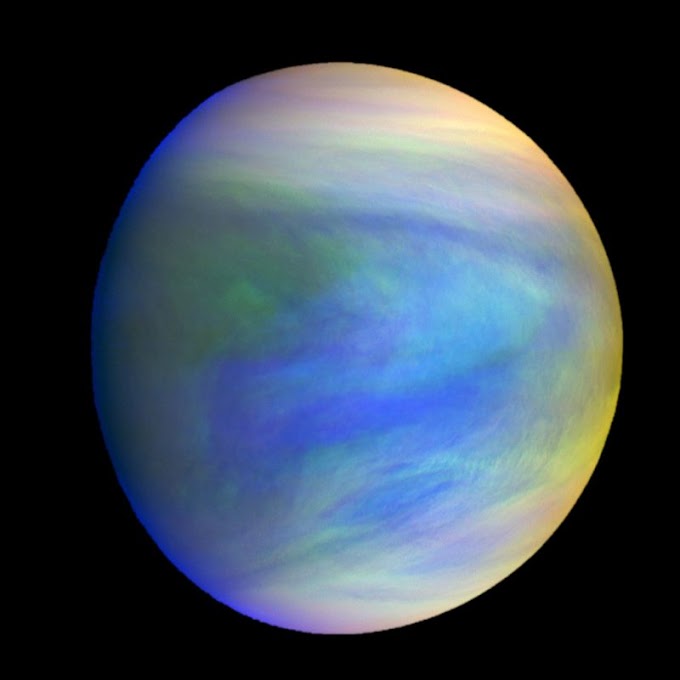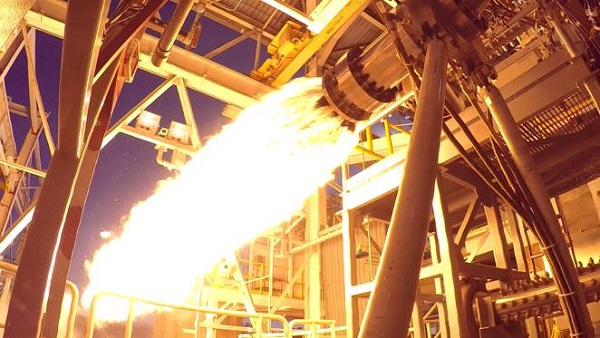Kalpana-1 was the first dedicated meteorological satellite launched by Indian Space Research Organisation using Polar Satellite Launch Vehicle on 12 September 2002.
The satellite is three-axis stabilized and is powered by solar panels, getting up to 550 watts (0.74 hp) of power.
The satellite was the first launched by the PSLV-C4 into the Geostationary orbit,On February 5, 2003.
It was renamed to Kalpana-1 by the Indian Prime Minister Atal Bihari Vajpayee in memory of Kalpana Chawla—a NASA astronaut who perished in the Space Shuttle Columbia disaster.
 |
| Credit: ISRO |
Specification:
The satellite features a Very High-Resolution Scanning Radiometer (VHRR), for three-band images (visible, infrared, and thermal infrared) with a resolution of 2 km × 2 km (1.2 mi × 1.2 mi), and a Data Relay Transponder (DRT) payload to provide data to weather terrestrial platforms.
Its mission is to collect data in the layer of clouds, water vapour, and temperature of the atmosphere.
Electrical power of 550 W is generated by a single panel solar array of 2.15 m x 1.85 m using GaAs solar cells. The solar panel features a drive mechanism to point it into the sun.
A single NiCd battery (18 Ah capacity) provides power for eclipse phases. The SADA (Solar Array Driver Assembly) slip rings and drive mechanism are modified to meet the power transfer and drive requirements, it is mass-optimized.
Read: KALAMSAT - V2
 |
| Credit: ISRO |
Objectives of Satellite:
• To establish a small satellite I-1000 bus system which can meet the exclusive service requirements of a meteorological payload for earth imageries.
• Collection of weather data from low-cost unattended data collection platforms-to configure Metsat spacecraft within the lift-off mass constraints of the upgraded existing polar satellite launch vehicle for deployment in geo-synchronous transfer orbit (GTO) mission.
Also Read: PRATHAM
Overview of Mission:
• Launch date: 12th September 2002
• Orbit height: 35,786 Km
• Orbital speed: 3.07 km/sec
• Manufacturer: ISRO
• Rocket: PSLV-C4
• Cost: 73.1 crores INR
 |
| Credit: ISRO |






0 Comments